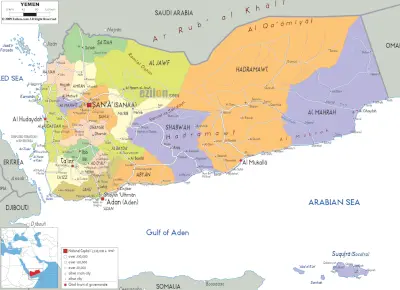resin Prices in Yemen
Yemen is located in southwest Asia and south of the Arabian Peninsula, the capital of which is the beautiful city of Sanaa. Examining the demand and supply of resins in the world market is very important. Trade balances in Yemen are about 14% higher than before, and growth in this area is considered acceptable. First, start researching the global resins market and competitors to help you design your marketing strategy by examining the needs and demand, trends, competitors, and target audience in the global market
Add your import and export orders to this list
Warning: Undefined variable $formTitle in /home/anbar/domains/anbar.asia/anbar/inc/html/desktop/orderform.php on line 10
Warning: Undefined variable $marketName in /home/anbar/domains/anbar.asia/anbar/inc/html/desktop/orderform.php on line 12
Warning: Undefined variable $location in /home/anbar/domains/anbar.asia/anbar/inc/html/desktop/orderform.php on line 12
If you want to trade in the , please join in Anbar Asia. Your order will be shown here, so the traders of contact you

Estimates show that the revenue situation in Yemen in 2019 grew by about 12 percent. Focusing on improving the quality of resin products, including standards and technical features, can differentiate you from your competitors. Sanaa is one of the most important cities in Yemen, which has grown a lot in terms of work as beautiful city in the field of tourism. In the Middle East and West Asian countries, the resin supply and demand market is diverse due to the diversity of consumer industries and different needs
- Yemen Acrylonitrile Butadiene Styrene Market
- Yemen Polybutadiene Market
- Yemen Nylon Market
- Yemen Polypropylene Market
- Yemen resin Market
- Yemen Ethylene Market
- Yemen Styrene Butadiene Rubber Market

Yemen has several climates. Western Yemen benefits from monsoon rains, which fall mainly in late spring and at the end of summer. Most of the rain falls in the mountains, with an annual maximum of a 1,000 millimetres in the southern mountains, decreasing gradually to an average of 400 millimetres in the northern mountains.
Read More ...
